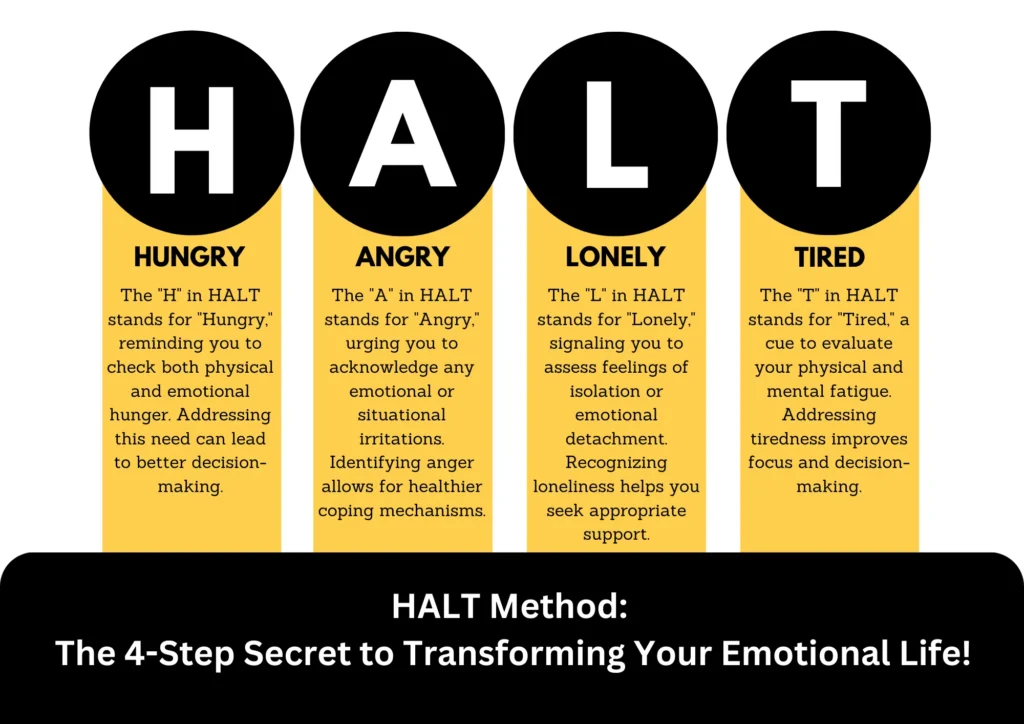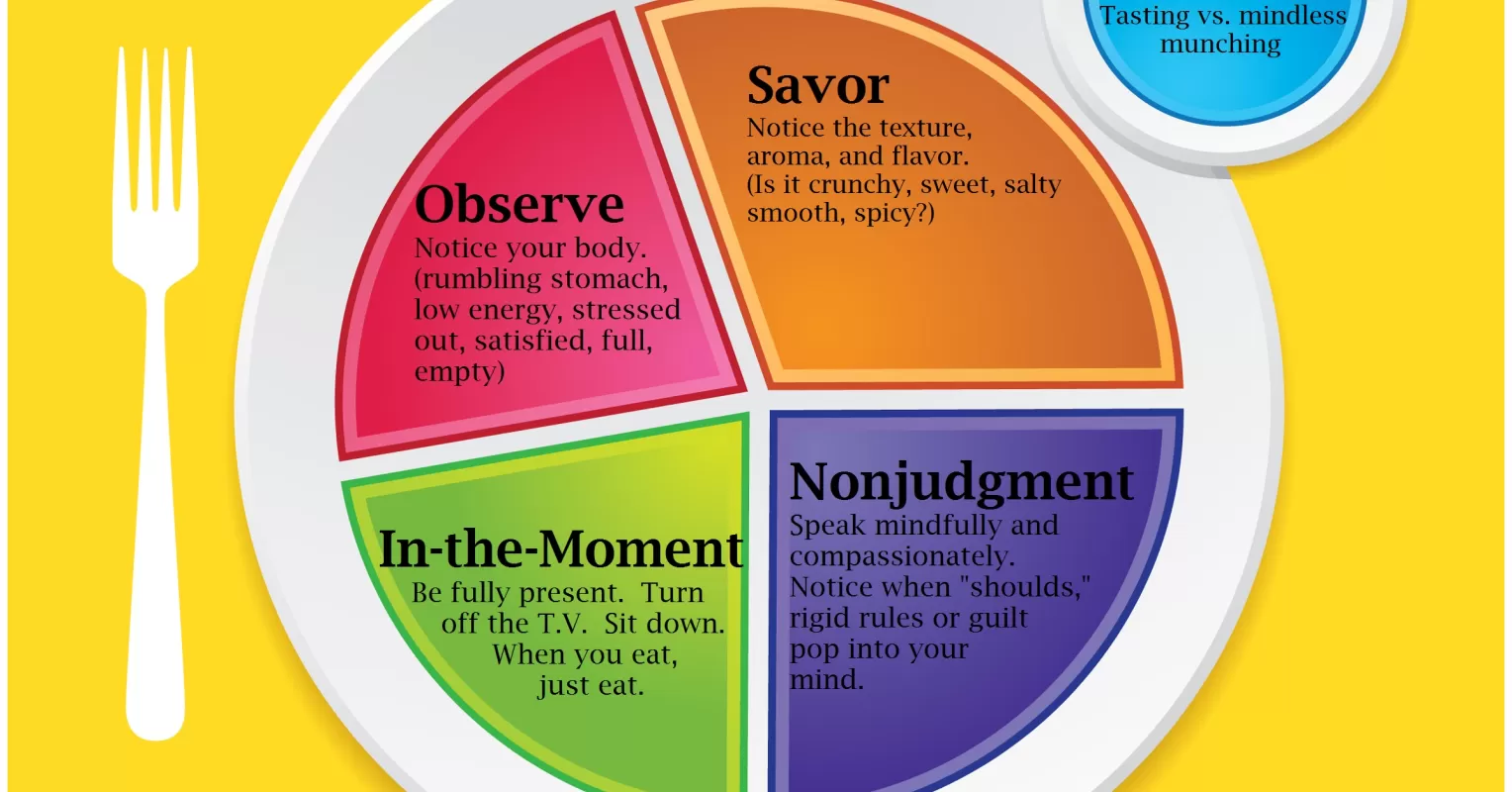Do you find yourself reaching for food when you’re stressed, upset, or bored—even when you’re not physically hungry? You’re experiencing emotional eating, a pattern that affects 75% of adults according to Harvard Medical School research. Today we will go through 7 evidence based strategies on how to stop emotional eating.
Emotional eating isn’t about lack of willpower or self-control. It’s a learned coping mechanism that serves real psychological needs. Understanding why it happens—and learning evidence-based strategies to address it—can transform your relationship with food and emotions.
Understanding Emotional vs. Physical Hunger
The Key Differences
Physical Hunger:
- Develops gradually over time
- Can be satisfied with any food
- You stop when comfortably full
- No guilt or shame afterwards
- Located in your stomach
Emotional Hunger:
- Comes on suddenly and urgently
- Craves specific comfort foods (usually sweet, salty, or fatty)
- Eating doesn’t satisfy the urge
- Often followed by guilt or shame
- Felt “above the neck” – mouth, mind, emotions
Why Emotional Eating Develops
When you eat for emotional reasons, your brain releases dopamine and serotonin, temporarily improving mood and providing stress relief. Over time, your brain creates a strong association: upset feelings = need food.
This isn’t weakness—it’s your brain trying to help you feel better using the tools it has learned work.
The Hidden Triggers of Emotional Eating
Stress and Overwhelm
When stressed, your body produces cortisol, which increases appetite and cravings for high-calorie foods. This evolutionary response helped our ancestors store energy during threatening times but now triggers unwanted eating in modern stress situations.
Specific Emotional Triggers
- Anxiety – Food provides temporary distraction and comfort
- Loneliness – Eating can feel like companionship
- Boredom – Food creates stimulation and activity
- Anger – Chewing and eating release physical tension
- Sadness – Comfort foods activate pleasure centres in the brain
Environmental and Social Triggers
- Certain locations (kitchen, living room, car)
- Times of day (afternoon slump, evening wind-down)
- Social situations (parties, family gatherings, work stress)
- Visual cues (seeing food, food advertisements)
7 Evidence-Based Strategies to Stop Emotional Eating

- The HALT Technique
Before reaching for food, ask yourself: “Am I Hungry, Angry, Lonely, or Tired?”
If Hungry: Eat a balanced meal mindfully
If Angry: Try physical movement, journaling, or calling someone
If Lonely: Reach out to a friend, family member, or engage in social activity
If Tired: Rest, nap, or address what’s draining your energy
Research backing: Studies show that 80% of emotional eating episodes can be prevented by addressing the underlying emotional need rather than using food.
- The 20-Minute Rule
When you feel the urge to eat emotionally, set a timer for 20 minutes and engage in a different activity.
Why it works: Emotional urges typically peak and subside within 15-20 minutes. By waiting, you allow the feeling to pass naturally while practicing a healthier coping strategy.
Alternative activities:
- Take a warm bath or shower
- Call a supportive friend
- Do gentle stretching or yoga
- Listen to calming music
- Practice deep breathing exercises

- Mindful Eating Practice
When you do eat, practice full attention and awareness.
How to do it:
- Eat without distractions (no TV, phone, or reading)
- Chew slowly and notice flavours, textures, temperatures
- Put your fork down between bites
- Check in with hunger and fullness levels mid-meal
- Notice how different foods make you feel
Research backing: Studies show mindful eating reduces emotional eating episodes by 40% and increases satisfaction from smaller portions.
- Emotional Alternatives List
Create a personalised list of non-food activities for different emotional states.
For Stress:
- 5-minute breathing exercises
- Progressive muscle relaxation
- Quick walk outside
- Listen to favourite music
For Boredom:
- Creative activities (drawing, crafts, puzzles)
- Learning something new (podcast, article)
- Organising a small space
- Connecting with others
For Sadness:
- Journaling feelings
- Watching uplifting content
- Gentle movement or stretching
- Self-compassion practices
- Environmental Modification
Change your surroundings to make emotional eating less likely and healthier choices easier.
Kitchen changes:
- Keep trigger foods out of easy reach or out of the house
- Stock healthy alternatives at eye level
- Create a designated eating space away from stress areas
- Remove food from visible counters
Timing strategies:
- Don’t grocery shop when hungry or upset
- Prepare healthy snacks in advance
- Create pleasant meal environments
- Establish regular meal times
- Stress Management at the Source
Address the underlying stress and emotions that trigger eating.
Daily stress reduction:
- Morning meditation or mindfulness practice
- Regular exercise (even 10-minute walks help)
- Adequate sleep (7-9 hours nightly)
- Boundary setting to reduce overwhelm
Professional support:
- Therapy for underlying emotional issues
- Stress management coaching
- Support groups for eating patterns
- Hypnotherapy for subconscious pattern change
- Self-Compassion Practice
Replace self-criticism with understanding and kindness.
Instead of: “I have no willpower. I’m so weak.”
Try: “I’m using food to cope with difficult feelings. That’s understandable, and I can learn better strategies.”
Research backing: Studies show self-compassion reduces emotional eating more effectively than self-criticism, which often triggers shame and more eating.
When Professional Help Accelerates Success
Signs You May Benefit from Professional Support
- Emotional eating affects your health, weight, or self-esteem
- You’ve tried multiple approaches without lasting success
- Eating patterns interfere with daily life or relationships
- You eat in secret or feel ashamed about your eating
- Emotional eating is linked to trauma or significant life stress
How Hypnotherapy Addresses Emotional Eating
Hypnotherapy works directly with the subconscious mind where emotional eating patterns are stored. During hypnosis, you can:
- Identify root causes of emotional eating patterns
- Reprogram subconscious associations between emotions and food
- Install new coping strategies at a deep level
- Address underlying trauma or stress contributing to eating patterns
- Create positive food relationships without restrictive dieting
Clinical research shows:
- 65-78% success rate for emotional eating with hypnotherapy
- Faster results compared to traditional counselling alone
- Lasting change because patterns are addressed subconsciously
- No restrictive dieting required
Creating Your Personal Action Plan
Week 1: Awareness Building
- Track emotional eating episodes using the HALT technique
- Notice patterns: times, triggers, emotions, foods chosen
- Practice mindful eating for one meal daily
- No judgement—just awareness
Week 2: Strategy Implementation
- Choose 2-3 alternative activities for your most common emotional triggers
- Implement the 20-minute rule when urges arise
- Modify your environment to support healthier choices
- Continue mindful eating practice
Week 3: Pattern Interruption
- Use emotional alternatives consistently
- Practice self-compassion when setbacks occur
- Address stress sources where possible
- Evaluate what’s working and adjust strategies
Week 4: Professional Consideration
If emotional eating patterns persist despite consistent effort, consider professional support:
- Book a consultation to explore hypnotherapy
- Discuss underlying stress or emotional factors
- Create a personalised plan combining self-help with professional guidance
The Bottom Line
Emotional eating serves real psychological needs, which is why willpower alone rarely creates lasting change. The most effective approach combines understanding your emotional triggers with practical strategies and, when needed, professional support to address subconscious patterns.
Remember: this isn’t about achieving perfect eating habits—it’s about developing a healthier relationship with food and emotions that serves your overall wellbeing.
Ready to break free from emotional eating? Start by implementing the HALT technique and mindful eating practices. If patterns persist despite consistent effort, consider how hypnotherapy can address the subconscious programming that drives emotional eating.
Book a free consultation to discuss your specific patterns and explore how professional support can accelerate your success in creating a balanced, peaceful relationship with food.